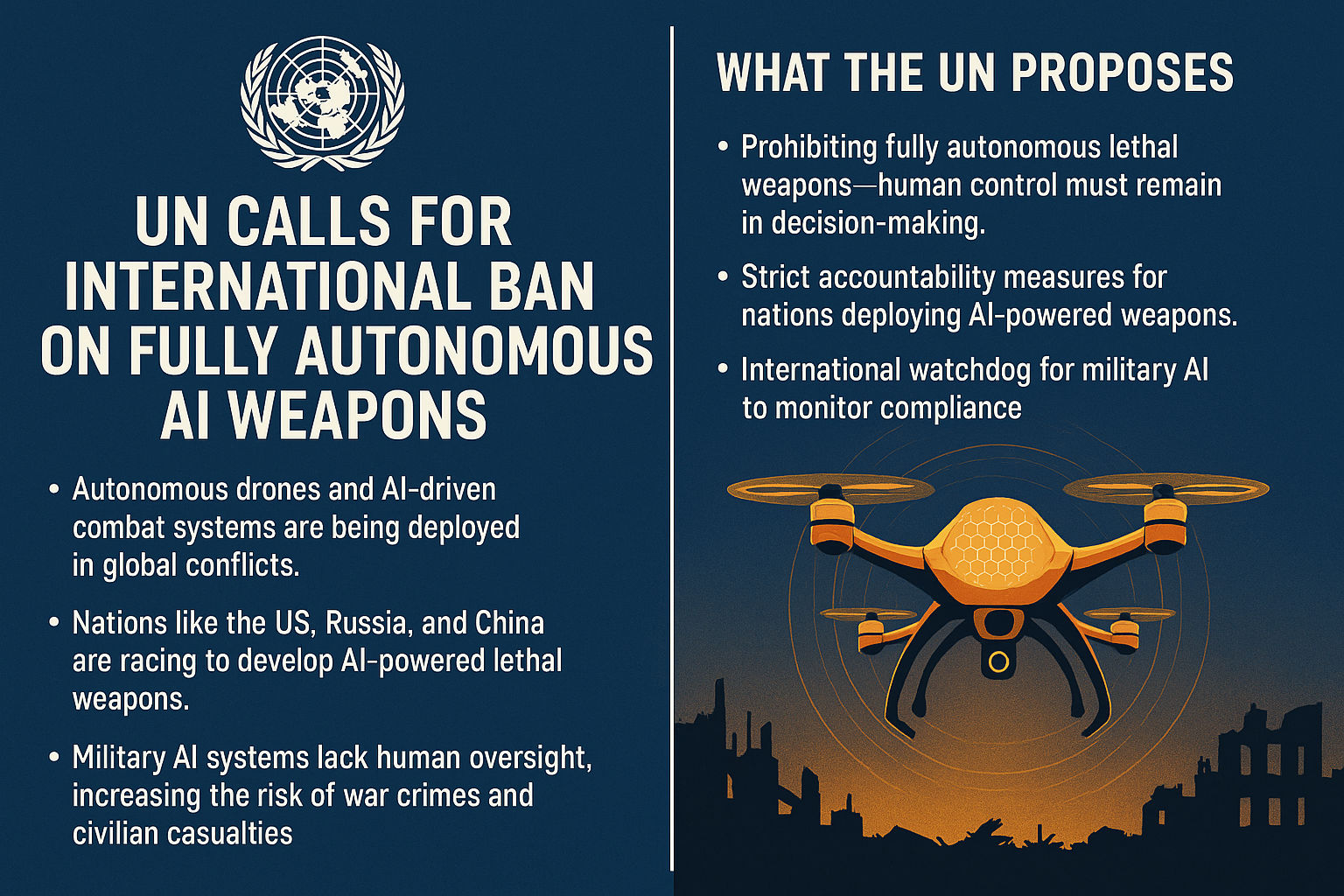Characterisation in Private International Law
Characterisation in Private International Law
(Also known as Classification or Qualification)
🔷 Meaning and Definition
Characterisation is the first and most crucial step in resolving a dispute involving more than one legal system (a conflict of laws). It involves determining under which legal category a particular issue falls — such as contract, tort, succession, marriage, property, etc.
🧠 Purpose: To decide which rule of Private International Law (PIL) should be applied to determine the applicable law (lex causae).
🔷 Why is Characterisation Important?
Because different types of legal issues are governed by different choice of law rules. For example:
A contract may be governed by the law chosen by the parties.
A matter of succession may be governed by the law of the deceased's domicile.
A tort might be governed by the law of the place where the tort occurred.
🧩 So, before applying any of these rules, the court must characterise the issue correctly.
🔷 Steps in Characterisation
Identify the legal question: Is it about capacity, validity, rights, obligations, etc.?
Classify the issue into a legal category: contract, tort, marriage, property, etc.
Apply the relevant choice of law rule for that category.
🔷 Types of Characterisation Problems
Simple Characterisation: Where the category is clearly identifiable (e.g., a contract dispute).
Complex Characterisation: Where the same fact pattern can be interpreted under different legal categories (e.g., Is a marriage contract a "contract" or a "status"?).
Renvoi Issues: Where the foreign law refers the matter back to the law of the forum or to a third country.
🧑⚖️ Case Law Illustrations
⚖️ Case 1: Macmillan Inc. v. Bishopsgate Investment Trust Plc (UK)
Issue: Whether the ownership of shares was a matter of property law or contractual obligation.
Facts: Macmillan, a US company, sought to recover shares held by a UK bank. The shares had been transferred in a fraudulent scheme. The court had to decide whether the matter concerned title to property (governed by the law where the property is situated) or contract (governed by the law of the agreement).
Held: The court held that this was a matter of property, not contract. Hence, the law of the place where the shares were situated applied.
Significance: Demonstrated that how you characterise the issue affects the outcome, as different laws might lead to different results.
⚖️ Case 2: Re Bonacina (UK)
Issue: Validity of a will made abroad — matter of succession or contract?
Facts: A will was made in a foreign country, and its validity was challenged in an English court. The question was whether the formalities of the will should be governed by contract law or succession law.
Held: The issue was characterised as one of succession, and therefore the court applied the law of the deceased’s domicile.
Significance: Reinforced that correct characterisation leads to correct application of conflict rules.
⚖️ Case 3: Schwebel v. Ungar (Canada)
Issue: Was a foreign divorce decree a status issue or a contractual obligation?
Held: The court viewed marriage and divorce as matters of personal status, not contract, and applied the law of domicile or habitual residence.
Significance: Shows how characterisation impacts recognition of foreign judgments.
🔍 Challenges in Characterisation
Different legal systems classify issues differently.
E.g., Islamic law may treat certain obligations as family matters, while common law may treat them as contracts.
"False conflicts" may occur if both legal systems produce the same result, even though classified differently.
Forum shopping: Parties may file a case in a country where the characterisation rule benefits them.
🔷 Who Decides How to Characterise?
Generally, the forum court (lex fori) decides how to characterise the issue, based on its own legal concepts.
But this can lead to biased outcomes, especially if the court chooses a characterisation that favors its own law.
🧾 Summary Table
| Aspect | Explanation |
|---|---|
| Definition | Determining the legal category of an issue in cross-border cases |
| Purpose | To choose the correct conflict of law rule to apply |
| Forum Role | Court of the forum usually decides how to characterise |
| Example Categories | Contract, tort, succession, marriage, status, property |
| Key Cases | Macmillan v. Bishopsgate, Re Bonacina, Schwebel v. Ungar |
| Challenges | Diverging legal classifications across jurisdictions |
✅ Conclusion
Characterisation is the gateway to solving any Private International Law dispute. Mischaracterising a legal issue can lead to applying the wrong law — potentially altering the outcome of the case. Courts must carefully examine the real nature of the issue and apply the appropriate choice of law rule while balancing neutrality and fairness.


























0 comments